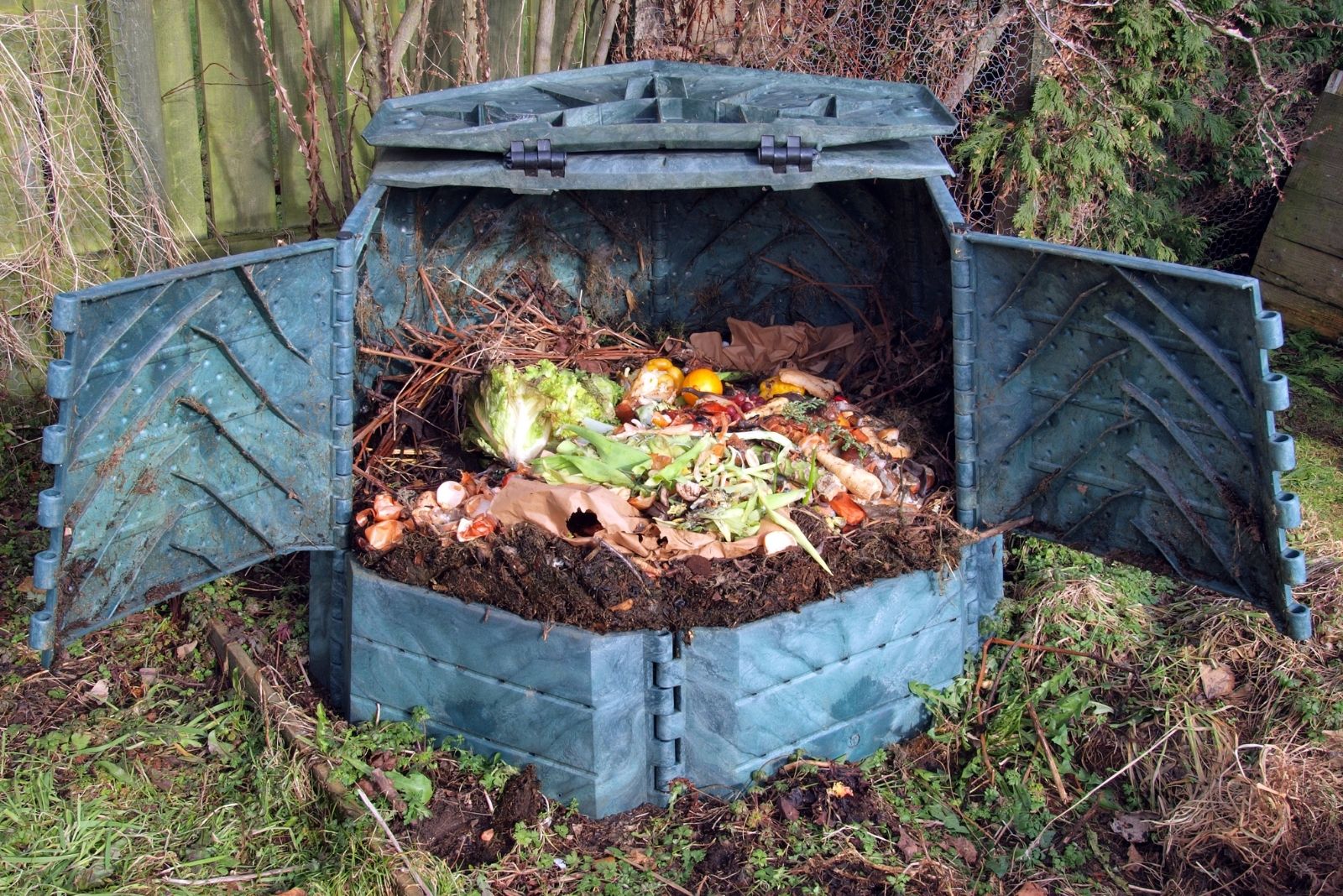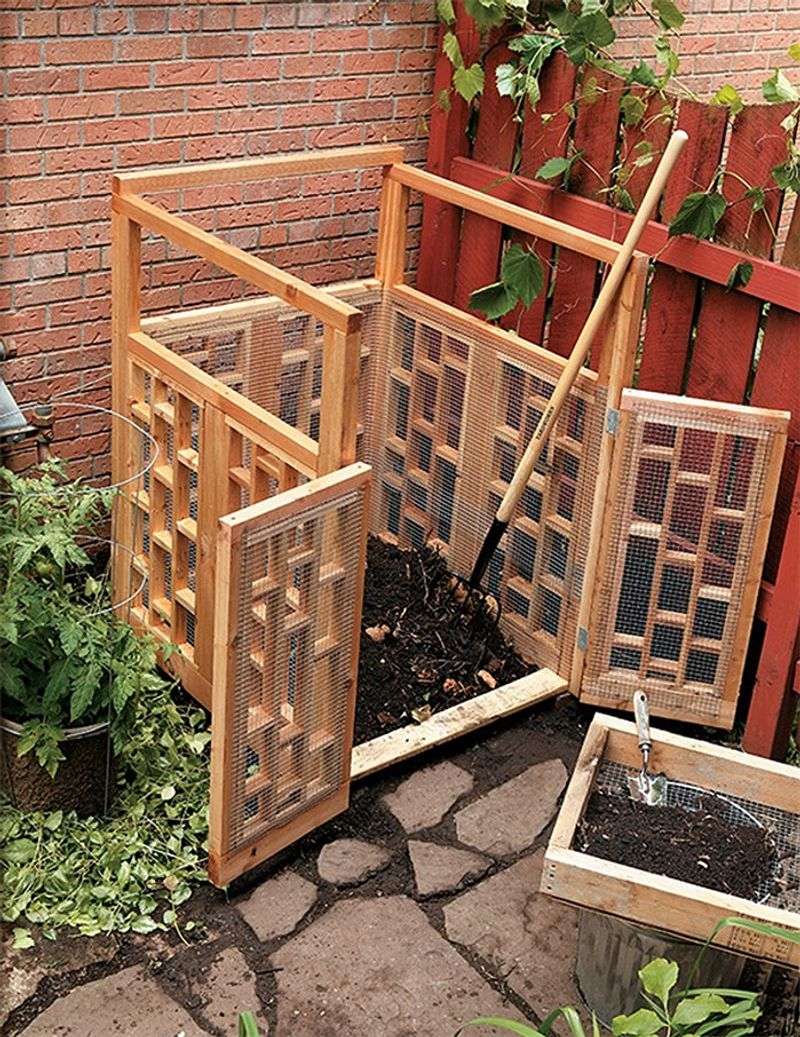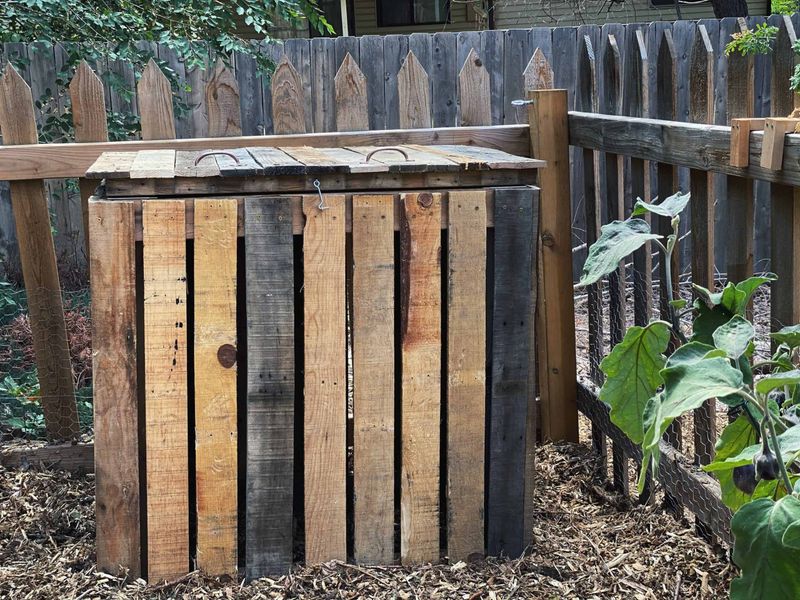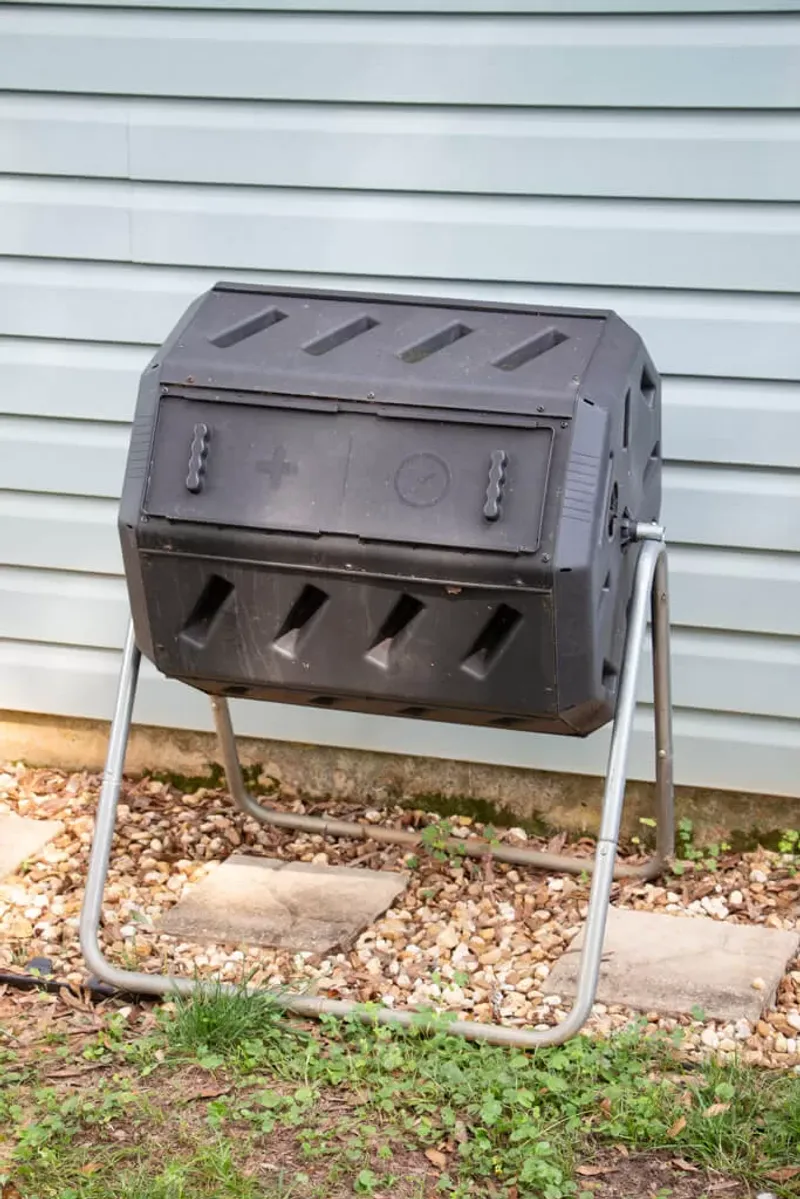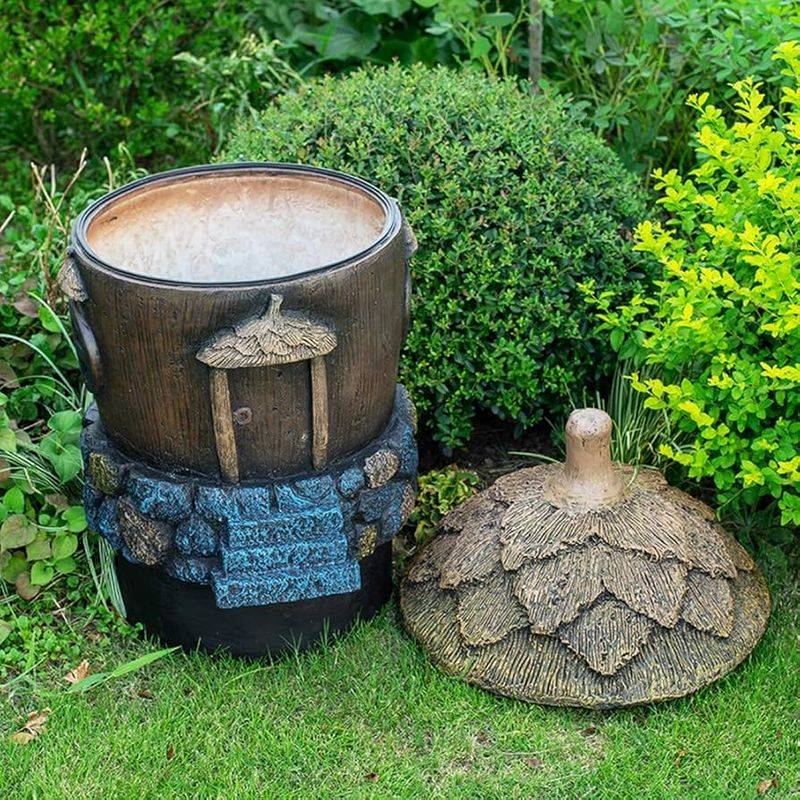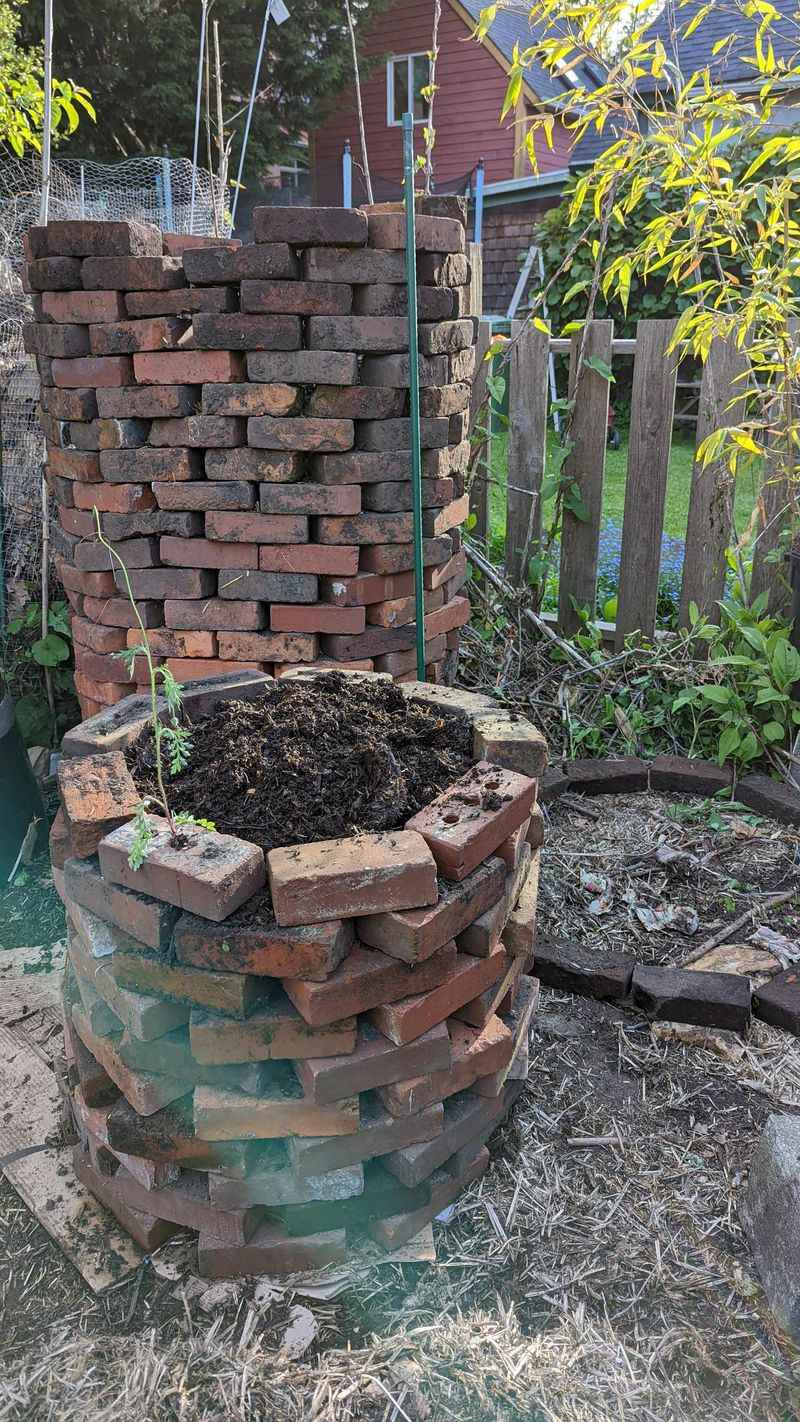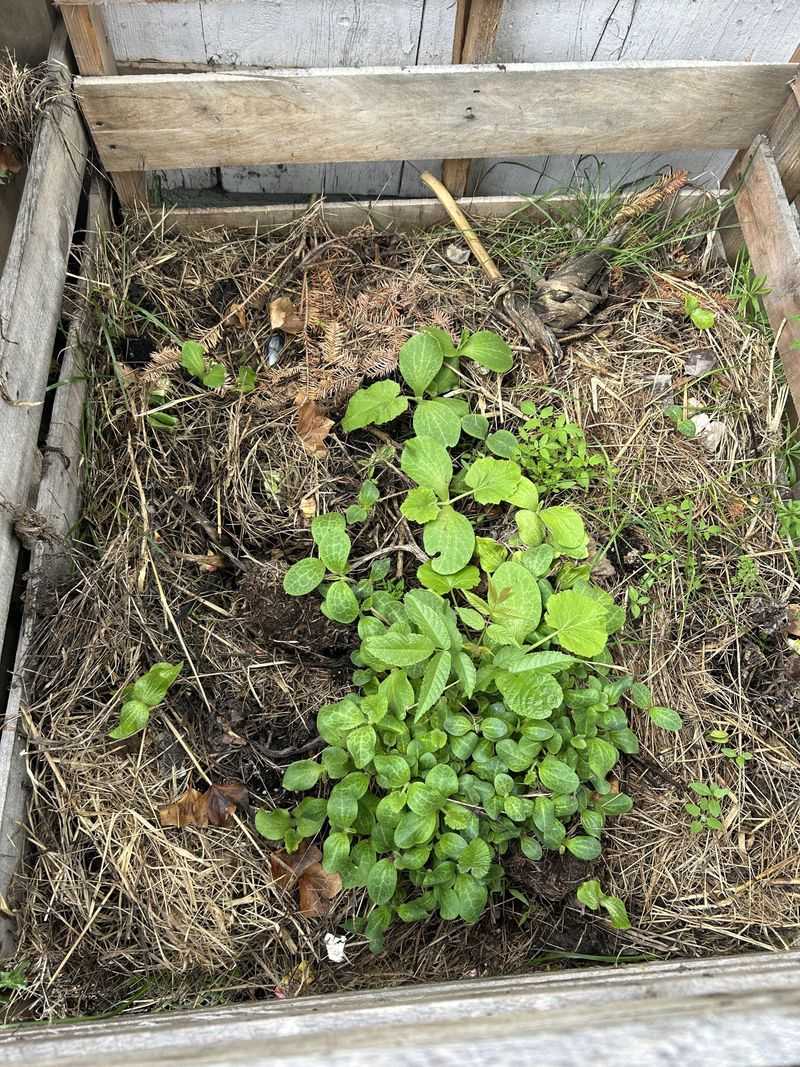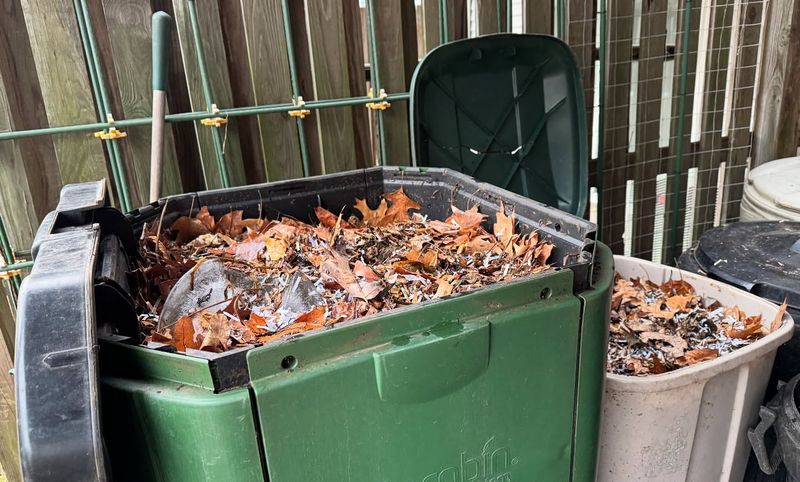Illinois gardeners are discovering that composting doesn’t have to mean hiding an eyesore in the backyard corner. You can turn kitchen scraps and yard waste into rich soil while keeping your outdoor space looking intentional and attractive.
With the right setup, composting becomes a natural part of your garden design instead of something you apologize for when guests visit.
1. Hidden Compost Bins That Blend Into Garden Design
Tucking a compost bin behind existing shrubs or perennials keeps it functional without drawing attention. Many Illinois gardeners place bins near their hostas or behind ornamental grasses that naturally screen the area.
Cedar or dark-colored bins work especially well since they fade into the background. The key is choosing a spot that’s convenient but not front and center.
For me, composting got a lot easier when I stopped treating it like something to hide and started thinking about placement that just made sense visually.
2. Wooden Pallet Stations With A Rustic Touch
Repurposing wooden pallets into a three-bin composting station gives you a system that looks intentional and costs almost nothing. You can stain or paint the pallets to match your garden’s aesthetic.
Illinois winters can be tough on untreated wood, so sealing the pallets helps them last longer. The open slat design allows for airflow, which speeds up decomposition.
I’ve noticed that placing the station near partial shade helps keep moisture levels more stable, especially during those unpredictable spring months we get here.
3. Compact Tumblers For Small Illinois Yards
Tumbling composters sit on stands and take up minimal space, making them ideal for urban yards or townhome gardens. They’re enclosed, which keeps out pests and eliminates odors that might bother neighbors.
Turning the drum every few days speeds up the composting process significantly. In colder months, the enclosed design helps retain heat better than open piles.
Switching to a tumbler made Illinois winters far less frustrating for me since I didn’t have to dig through frozen material to add scraps.
4. Decorative Planter-Style Composters
Some composters are designed to look like oversized planters or decorative urns, fitting right into patio or deck areas. They come in terra cotta finishes, slate gray, or even modern black styles.
These work well for apartment balconies or small courtyards where traditional bins feel out of place. Ventilation holes are discreetly built in, so they function properly without looking industrial.
Honestly, I was skeptical at first, but guests never guess what mine actually is unless I point it out during garden tours.
5. DIY Brick Corners For Neat, Organized Composting
Building a simple three-sided enclosure with stacked bricks or concrete blocks creates a permanent, tidy composting area. You can leave gaps between bricks for airflow and easy access.
This method suits Illinois gardeners who prefer a fixed location and want something that looks intentional year-round. Adding a hinged wooden lid keeps rain from oversaturating the pile.
Once I realized composting didn’t have to be messy or temporary, a brick setup completely changed how I approached my garden layout and waste management.
6. Using Native Plants To Disguise Compost Areas
Planting native Illinois perennials like coneflowers, black-eyed Susans, or switchgrass around your compost area creates a natural screen that benefits pollinators too. These plants thrive in local conditions and require little maintenance.
The taller varieties provide coverage without needing constant trimming or attention. As they grow, the compost zone becomes just another garden bed.
I’ve found that using plants I already grow elsewhere in the yard makes the whole space feel cohesive rather than like separate garden zones.
7. Creative Ways To Reuse Kitchen Scraps Outdoors
Burying kitchen scraps directly in garden beds or around the base of plants is called trench composting, and it’s practically invisible. You dig a small hole, add scraps, and cover them with soil.
This method works especially well in vegetable gardens where you’re rotating crops each season. The scraps break down right where plants can use the nutrients.
For small households, this eliminates the need for a separate bin entirely and keeps everything looking clean and intentional without any extra equipment or structures taking up space.

